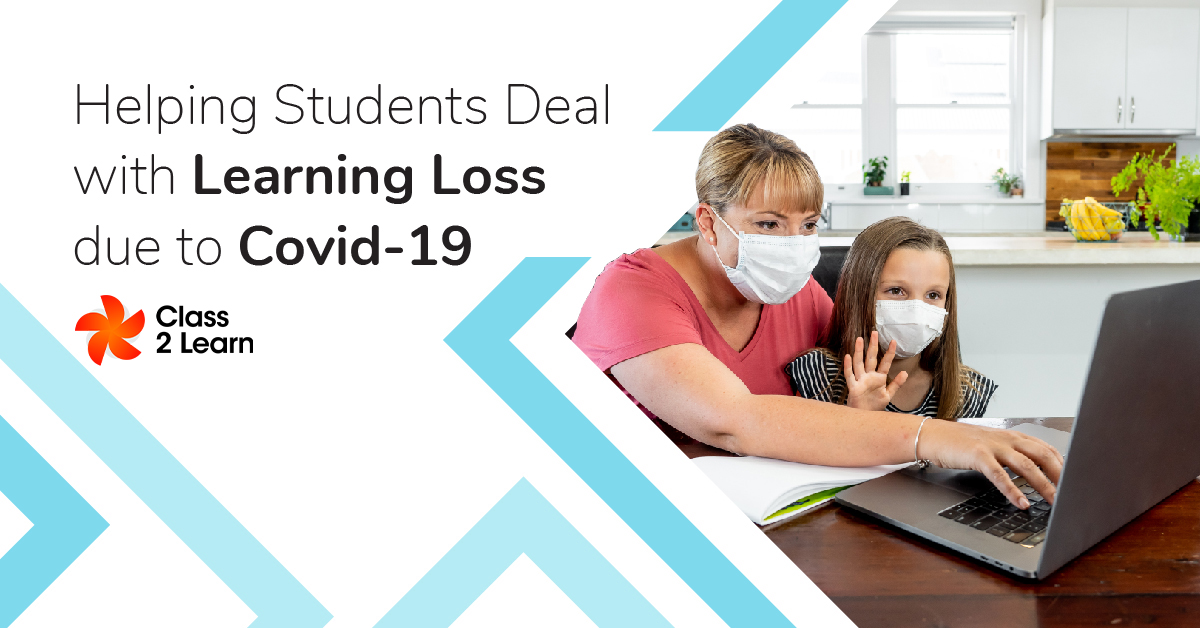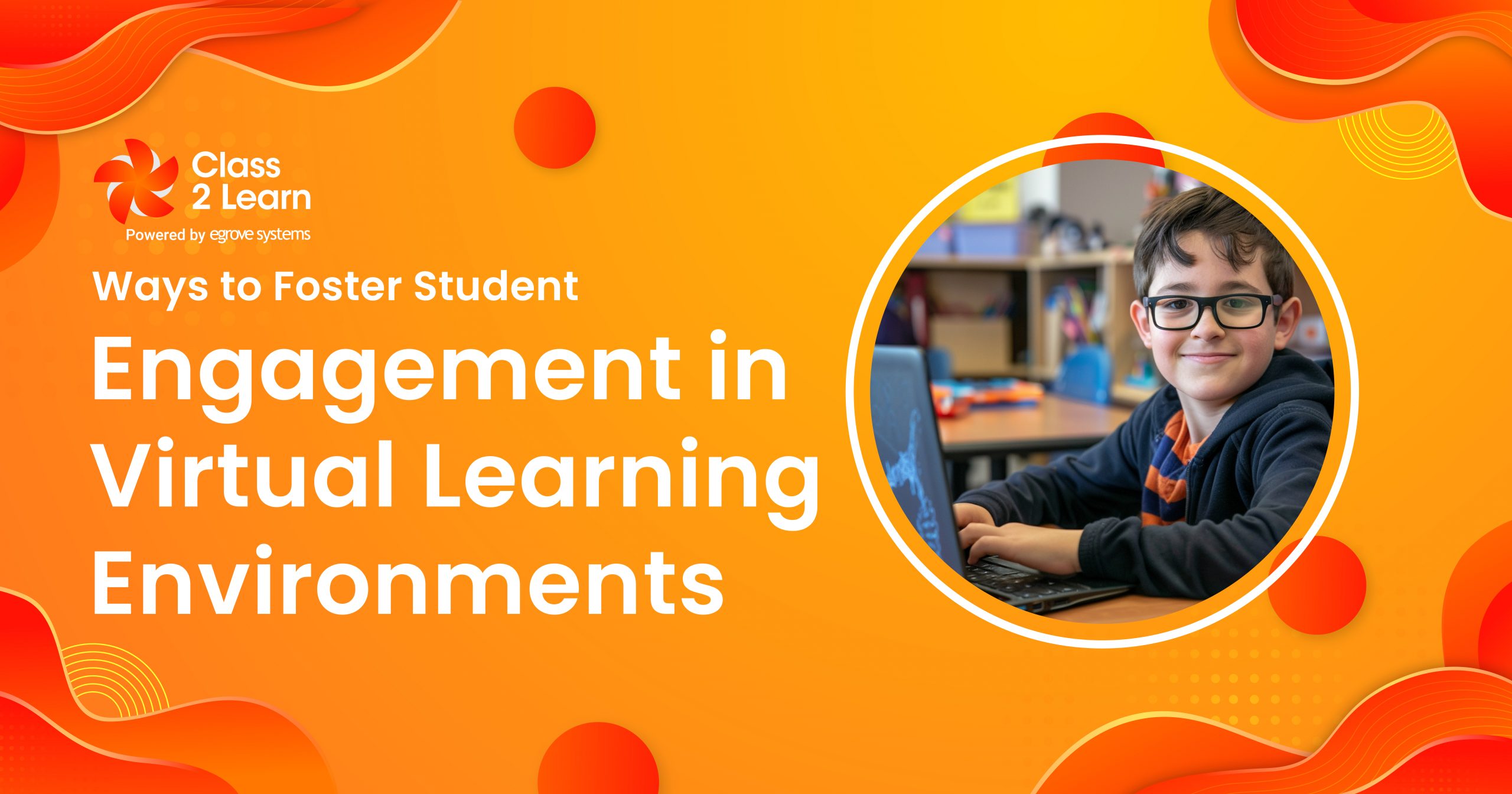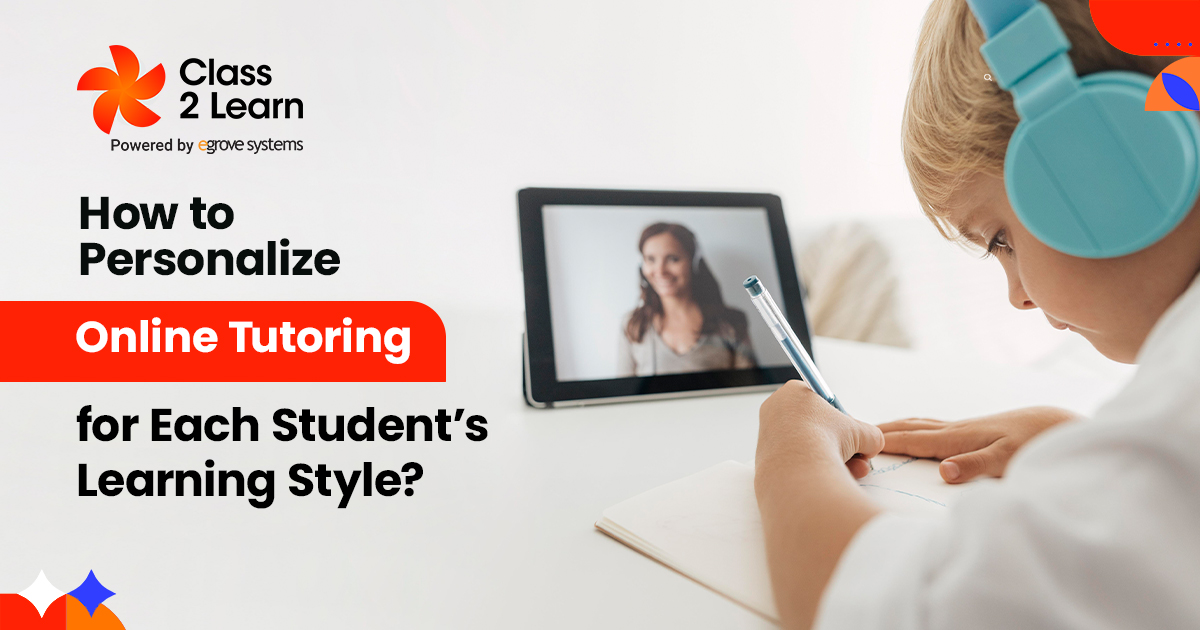Due to the COVID-19 pandemic, students faced major changes in their lives and their education. Just over a year ago, students had no other choice but to quickly adjust from face-to-face learning to online school, throwing them for a loop. This has proven to be a disruption in students’ learning due to the fact no one was prepared to go virtual, and students or teachers didn’t have prior knowledge on how to use the online platforms presented to them.
Schools are just now starting to open back up fully to let children back in classrooms. As most students had experienced nearly a whole year of being virtual, there has been enough time for research to be conducted to see just how much of a learning loss students have experienced during the pandemic.
According to the Proceedings of the National Academy of Sciences of the United States of America (PNAS), a study shows that there is clear evidence that students have learned less during the lockdown. Studies most affected were core school subjects such as math, reading, and spelling. The researchers, Per Engzell, Arun Frey, and Mark D. Verhagen also found that students from disadvantaged homes were even more affected. They claim their learning slided to nearly 60% larger than the general population.
The big question is, how do we help students deal with their learning losses due to COVID-19? Luckily, there are a few proactive techniques to address students’ learning loss.
Strategies to Help Students Deal With Learning Loss
Tutoring: Students dedicating some extra time to being tutored is one of the biggest ways to help combat learning loss from the pandemic or even in general. Studies show that high-dosage tutoring is the most effective way to get students who are falling behind back up to speed. One-on-one tutoring will immensely help students who are struggling and forces them to be more engaged than in a group setting.
Closer Tracking
One of the best ways to deal with learning loss in students is by teachers catching the issue early so they can begin working on getting on track as soon as possible. With students returning to school from the pandemic, teachers can now keep a strict vigil over their pupils since they are there in person. Warning signs should be closely monitored and easy to detect. Warning signs such as slipping grades, poor attendance, or lack of focus could be good indicators that a student is experiencing learning loss.
Working on Areas of Struggle at Home Through Fun Methods
Students spend a lot of their time doing schoolwork, and if they are also being tutored, that’s even more time being spent. Once children are home they have no interest in learning or doing schoolwork anymore. However, if it is apparent that they are struggling from learning loss due to COVID-19, it is important to continue to work on bridging that gap.
Since students are put under the pressure of a lot of schoolwork, there are ways to make learning fun at home without them even knowing they’re doing so. It doesn’t have to be a chore to continue working on their education. Read books, play educational games, or sing and rhyme songs with them. Even the small things can help develop minds.
More Frequent Assessments
While test-taking isn’t ideal for students, it is a useful way to deal with learning loss from the past year, at least for now. Assessments don’t need to be difficult, but making them more frequent helps identify if children are struggling with study materials.
Also adding more assessments can be a way for students to familiarize themselves with criteria more and give them more practice in certain subjects. Testing them too often can become stressful for them, so it’s important to find the perfect amount of assessments to give.
Conclusion
Students have had to put in a lot of extra effort these past two school years due to COVID-19. If a student is working hard and still seems to be experiencing learning loss, it most likely is not their fault, but a result of the pandemic. Regardless of the reason for their struggles, students must stay up to speed to be on the right path in their educational journey. By taking proactive steps toward addressing learning loss from COVID-19, students can get back on track in no time.





Add comment